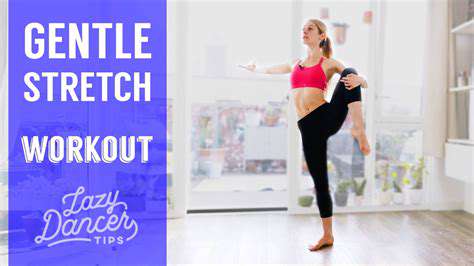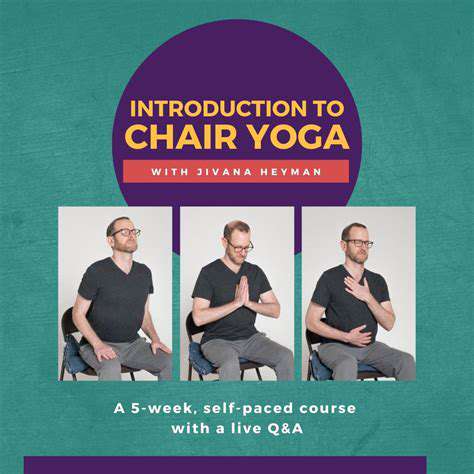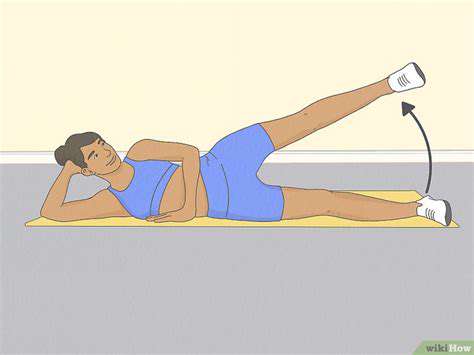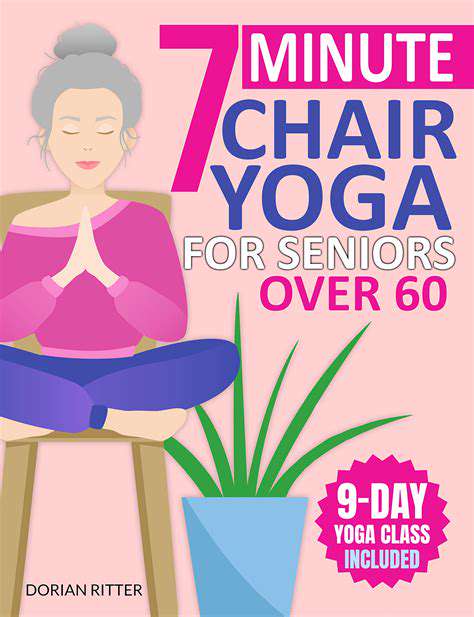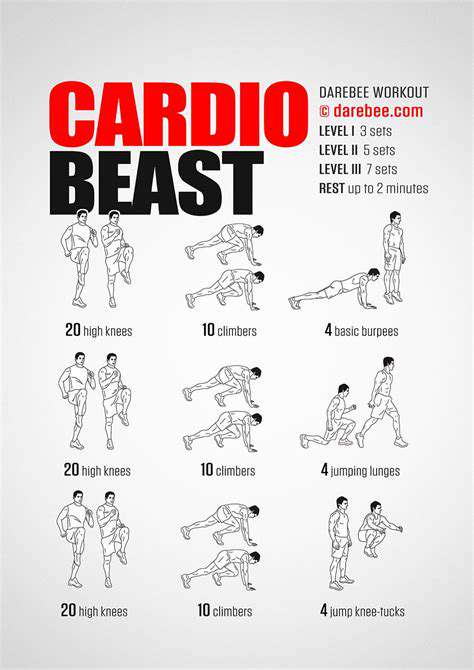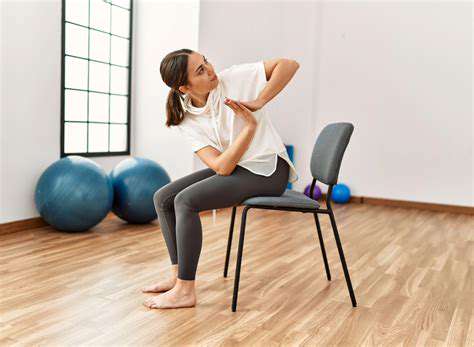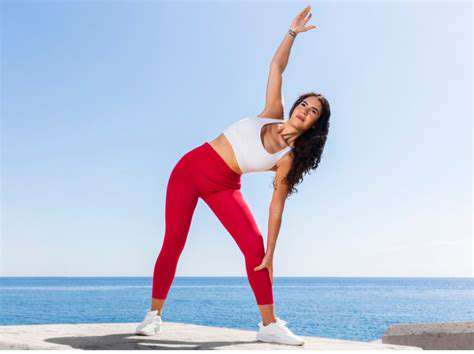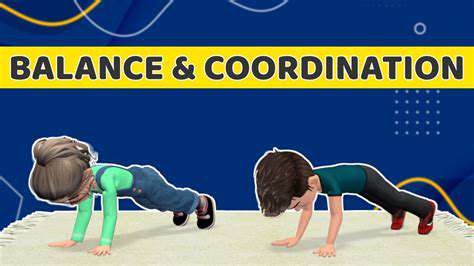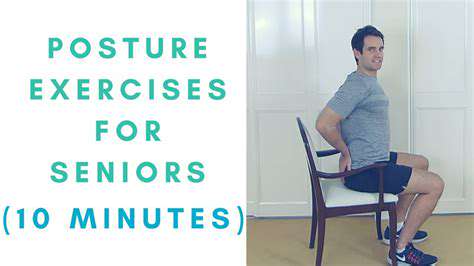The Importance of Posture in Osteoporosis Exercise
Proper spinal alignment affects far more than appearance—it influences breathing efficiency, organ function, and overall mobility. Chronic forward head posture alone can add up to 30 pounds of abnormal pressure on cervical vertebrae, accelerating degenerative changes. Targeted exercises help redistribute these forces more evenly across the musculoskeletal system.
Regular postural conditioning builds resilient support structures around vulnerable areas. This protective effect becomes particularly crucial for those with bone density concerns, where proper alignment reduces fracture risk.
Identifying Posture Issues
Self-assessment begins with full-body awareness. Notice where tension accumulates during daily activities—do certain positions feel more natural than others? Wall tests and photographic documentation provide objective benchmarks for tracking progress over time.
Warm-up Exercises
Preparatory movements prime the body for deeper work. Gentle cat-cow sequences, shoulder blade glides, and controlled neck movements increase blood flow while establishing mind-body connection. This preparatory phase significantly reduces muscle resistance to postural changes.
Neck and Shoulder Stretches
Upper body tension often reflects modern lifestyle stresses. Chin retractions counter forward head posture, while doorway stretches open tight pectorals that pull shoulders forward. Consistent practice prevents the gradual creep of poor posture habits.
Back Strengthening Exercises
Mid-back weakness frequently contributes to rounded shoulders. Rowing motions, whether with resistance bands or bodyweight, rebuild crucial postural muscles. These exercises create natural internal braces that support upright positioning without conscious effort.
Core Strengthening Exercises
The body's central stabilizers function as the foundation for all movement. Modified planks that emphasize proper alignment provide safer alternatives for those with bone density concerns. A strong core acts as nature's weight belt, protecting the spine during daily activities.
Maintaining Good Posture Habits
Postural awareness should extend beyond exercise sessions. Simple reminders—like adjusting car mirrors to require upright sitting or using posture-tracking apps—reinforce new movement patterns. These micro-adjustments accumulate into lasting postural transformation.
Importance of Spinal Alignment in Osteoporosis Exercise Regimens
Maintaining Spinal Integrity
For individuals with bone density concerns, spinal mechanics take on heightened importance. Neutral spine principles—maintaining natural curves without exaggeration—should guide all movements. This protective approach distributes forces evenly across vertebral surfaces rather than concentrating stress on vulnerable areas.
Certain yoga-inspired extensions, when modified appropriately, can safely strengthen posterior spinal muscles. However, these require careful supervision to avoid overextension that might compromise vertebral integrity.
Exercise Selection and Progression
The optimal osteoporosis exercise program balances bone stimulation with spinal protection. Aquatic exercises provide weight-supported resistance, while tai chi develops balance without excessive spinal loading. Gradual progression allows bones to adapt to increasing demands without overwhelming their current capacity.
Core stabilization work forms the program's foundation. Modified bird-dogs and dead bug variations teach proper spinal alignment during movement transitions. These exercises develop the neuromuscular control needed to maintain safe positioning during daily activities.
Regular reassessment ensures the program evolves with changing needs. Bone density scans combined with functional movement screens provide objective data to guide exercise modifications. This personalized approach maximizes benefits while minimizing risks.
Understanding fundamental concepts creates a framework for sustainable progress. This involves analyzing core components, identifying leverage points, and establishing adaptable systems. Without this structural understanding, even well-intentioned efforts may falter when challenged. The initial conceptual phase influences every subsequent decision and outcome.
